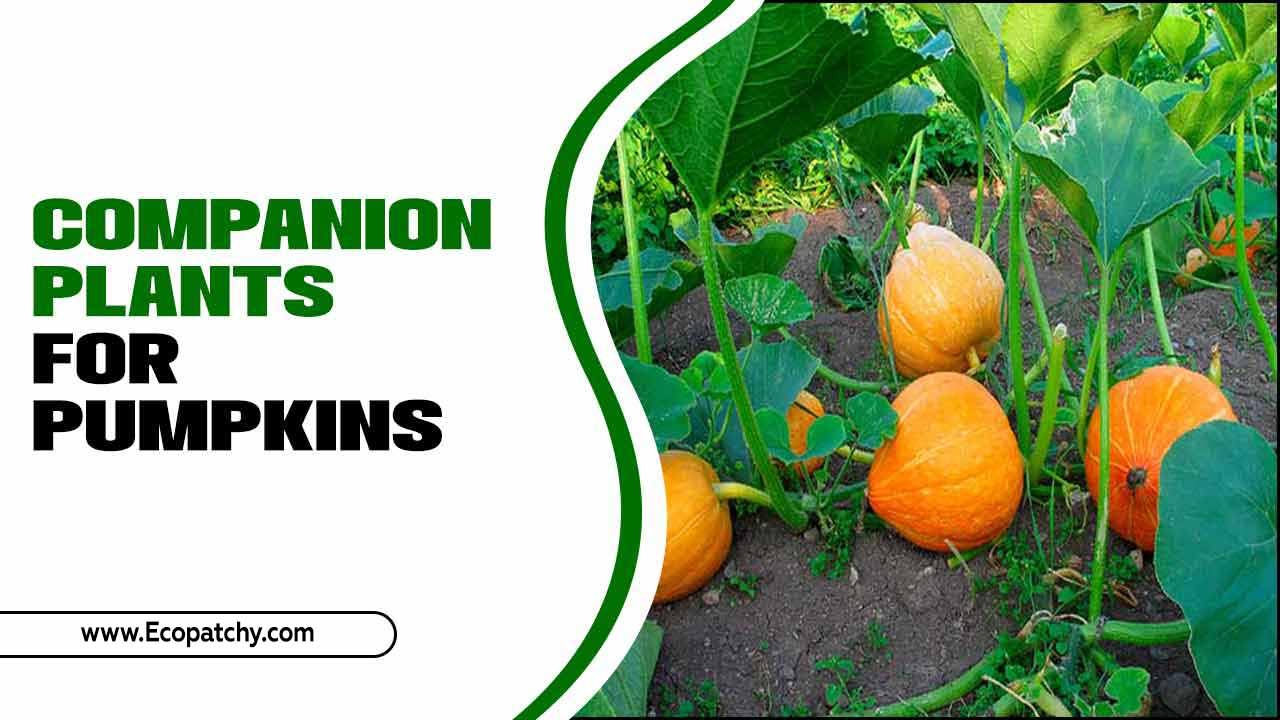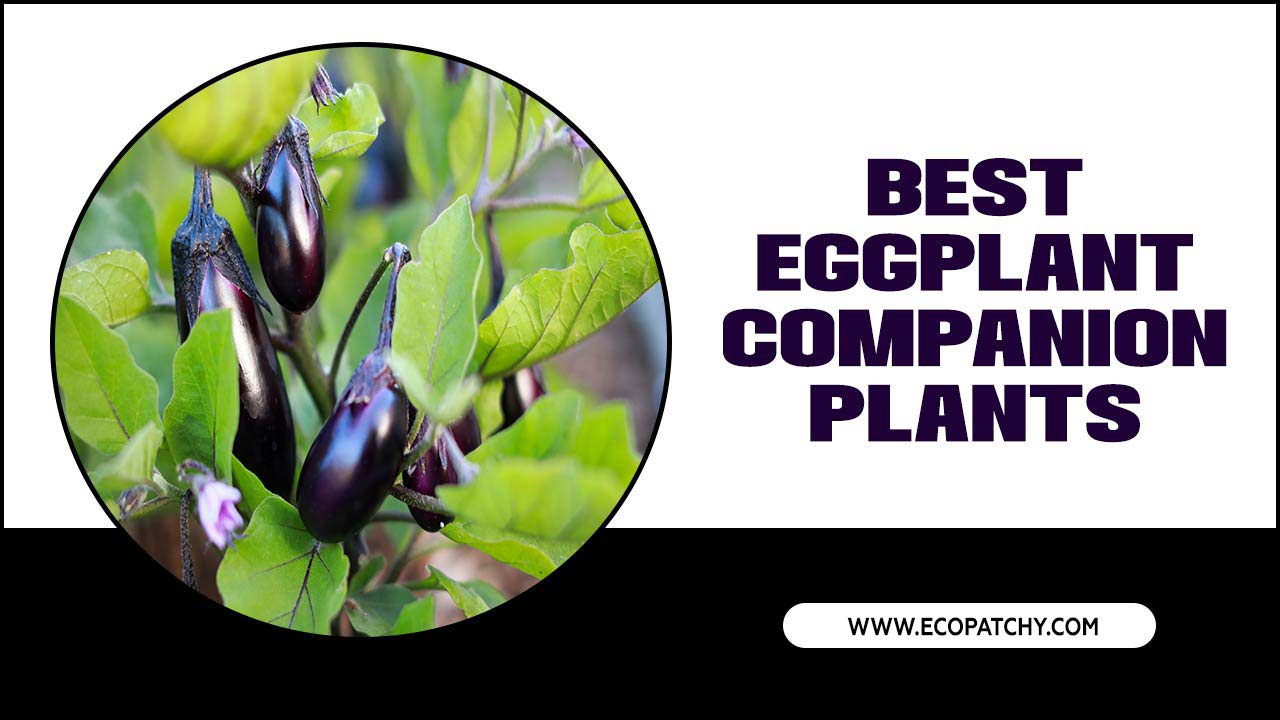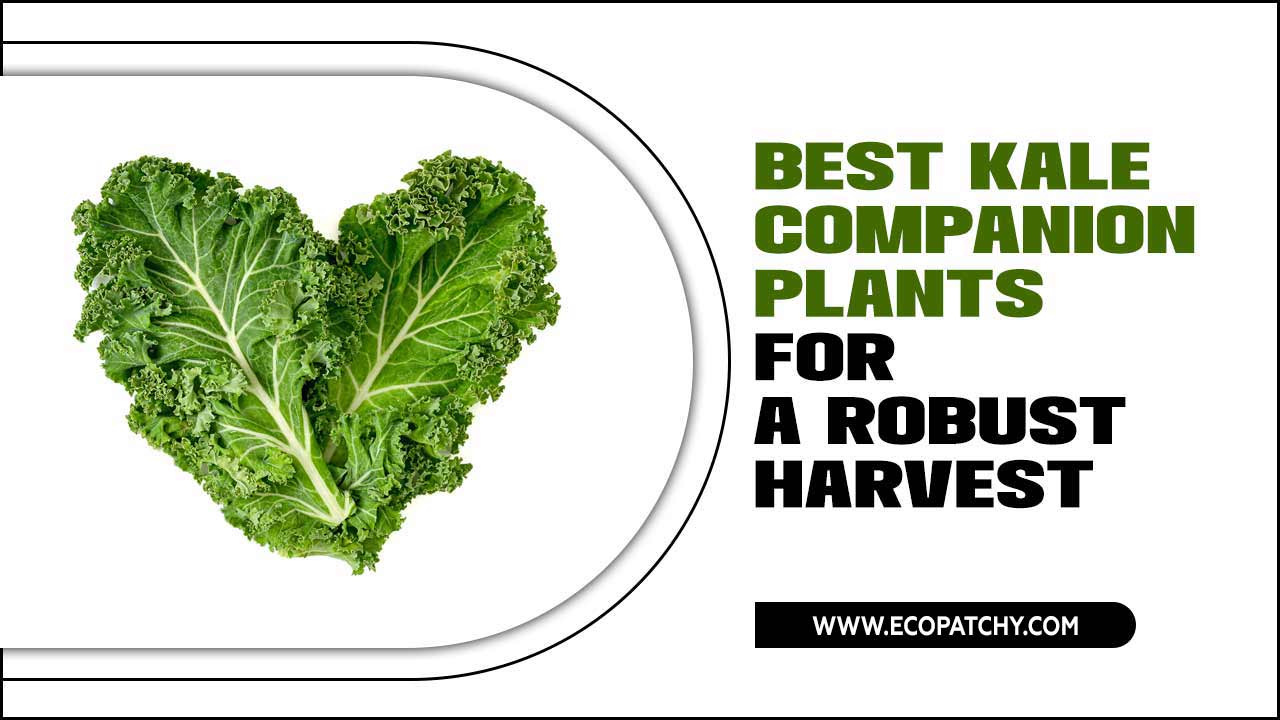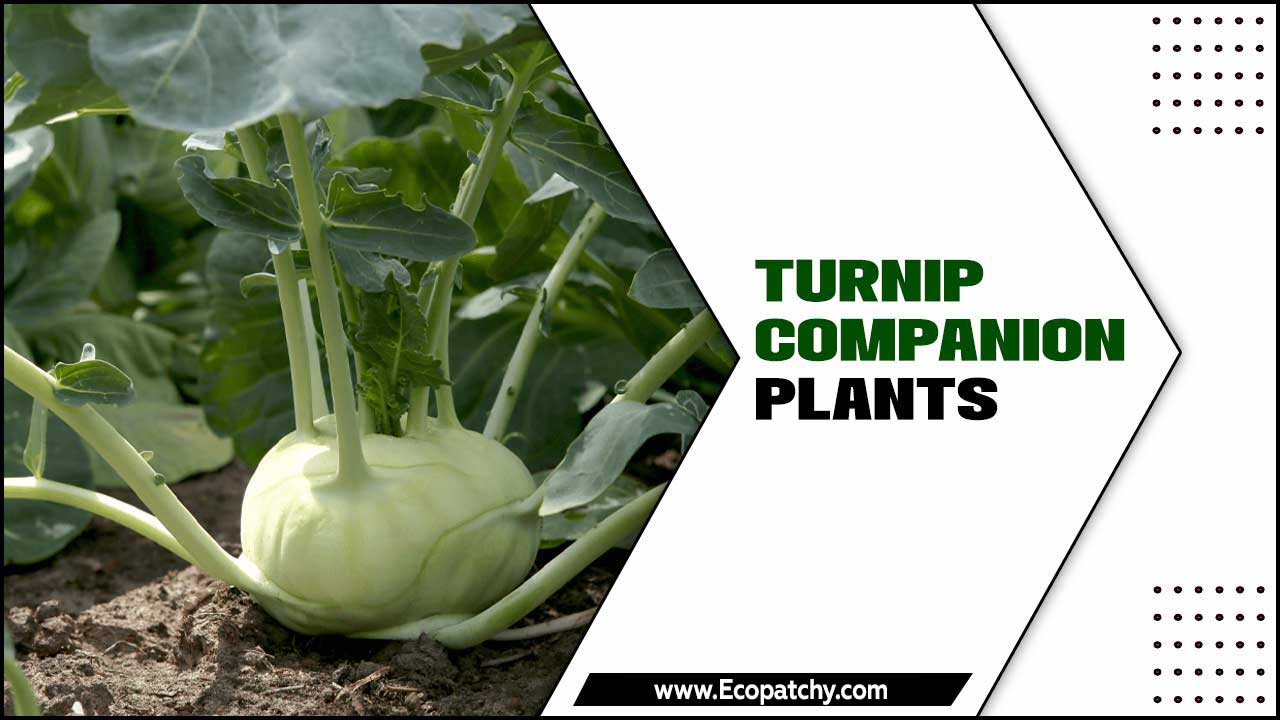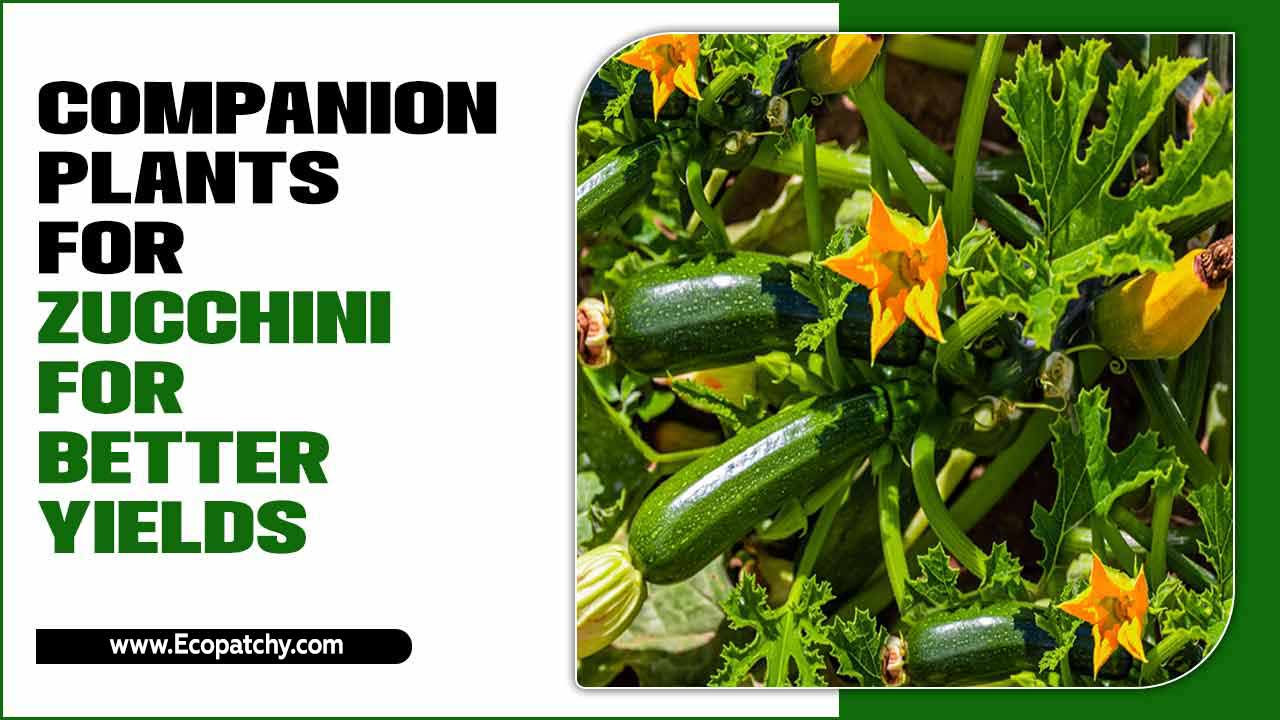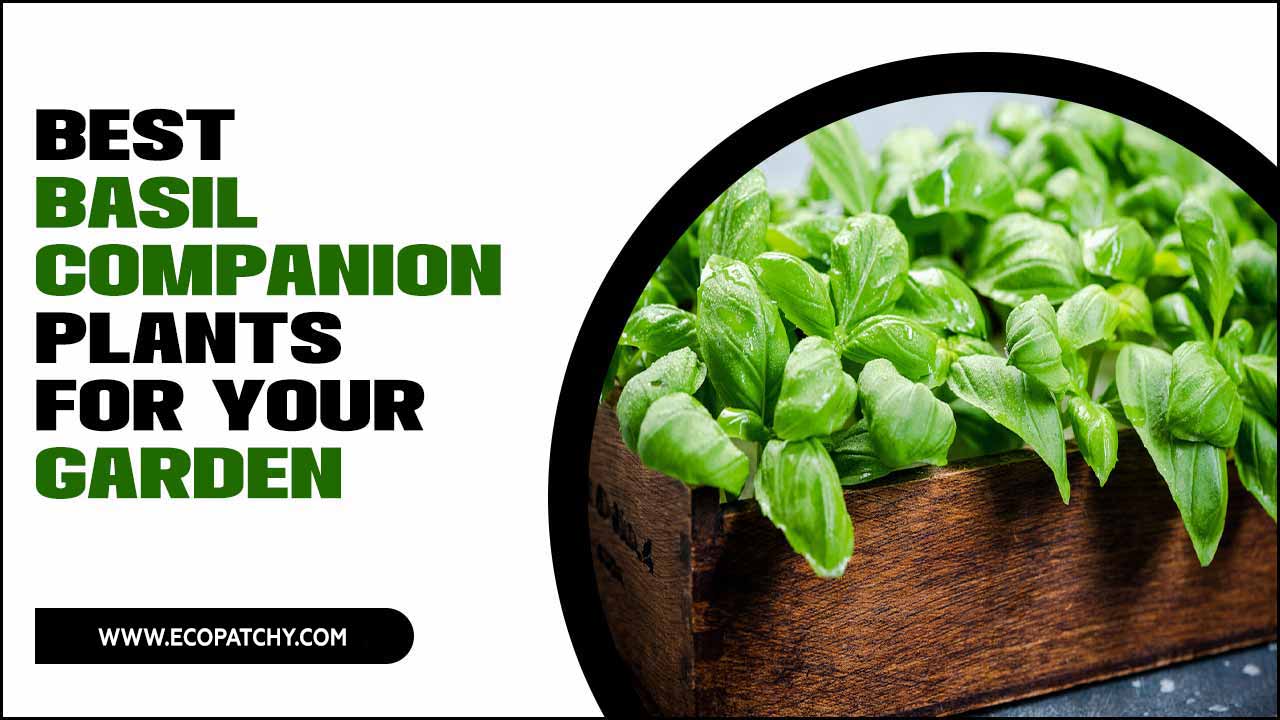When gardening, companion planting can make all the difference. Not only does it improve soil health and pest control, but it can also enhance the beauty of your garden.
And if you’re looking for a great companion plant, look no further than nasturtiums! Nasturtiums are not just pretty flowers – they have several benefits for your garden. Here, we will discuss the best nasturtium companion plants for your gardens and how choosing the right varieties can help boost your garden’s health.
We’ll also list the top 10 best nasturtium companion plants that can enhance the growth of other plants in your garden. Additionally, we’ll provide tips on planting and caring for both nasturtiums and their companion plants to ensure a successful harvest.
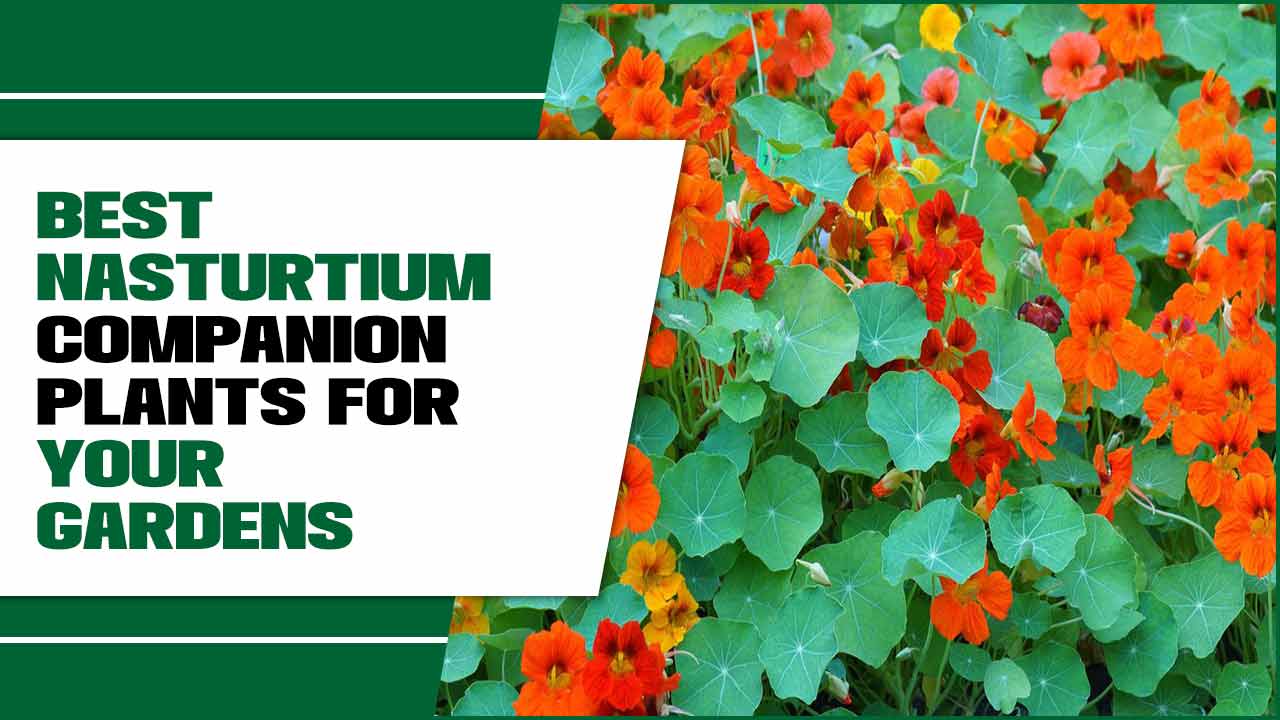
Importance Of Nasturtium Companion Plants
Nasturtiums play a crucial role as companion plants in the garden. They attract beneficial insects like ladybugs and bees while repelling pests like aphids and whiteflies. Planting nasturtiums alongside other companion plants creates a visually appealing and diverse garden.
It also helps improve soil health and fertility by fixing nitrogen. Some good companion nasturtium plants include marigolds, dill, chives, and radishes. These versatile plants can create a thriving garden with healthy vegetable plants and fruit trees. Nasturtium companion planting is good for beginner gardeners and experienced greenthumbs alike.
Benefits Of Companion Planting
Companion planting with nasturtiums can offer a range of benefits for your garden. You can enjoy these benefits by strategically incorporating nasturtiums into your garden while creating a thriving, growing environment. Some key advantages of planting nasturtiums alongside other plants include:
- Natural Pest Control: Nasturtiums are known for repelling certain pests, such as aphids and whiteflies. You can help protect your garden from these common garden pests by planting them near susceptible plants.
- Attracting Beneficial Insects: Nasturtiums also attract beneficial insects like bees and butterflies, which can help with pollination and overall garden health.
- Soil Improvement: Nasturtiums have deep root systems that help improve soil structure and nutrient availability. They can also act as a living mulch, suppressing weeds and retaining soil moisture.
- Edible Flowers And Leaves: Not only do nasturtiums add beauty to your garden, but their flowers and leaves are also edible! They can be used in salads or garnish, adding a peppery flavor to your culinary creations.
Choosing The Right Nasturtium Varieties For Your Garden
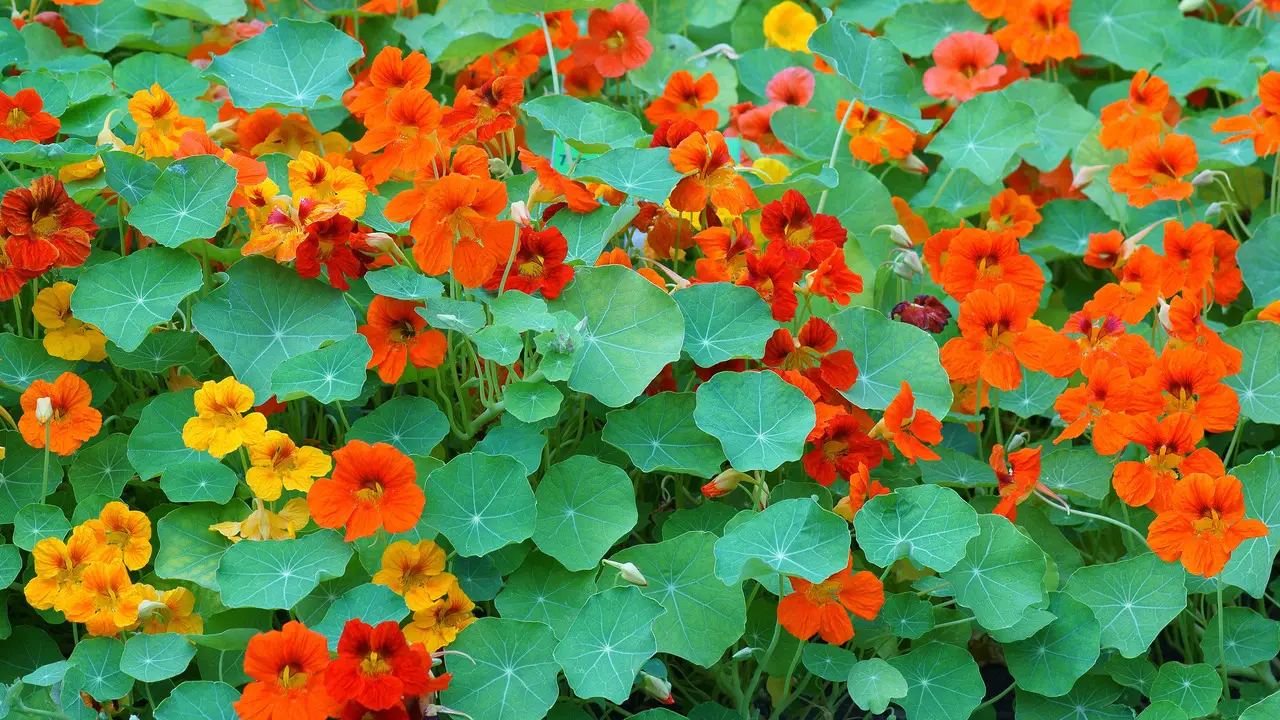
When choosing companion plants for your garden, selecting the right nasturtium varieties that will complement your other plants is important. Here are some popular nasturtium varieties and their ideal companion plants:
- Alaska Mix: This variety of nasturtium features variegated leaves and vibrant flowers. It pairs well with cool-season vegetables like lettuce, spinach, and radishes.
- Empress Of India: With its deep red flowers and compact growth habit, this nasturtium variety looks stunning when planted alongside tall flowers like sunflowers or hollyhocks.
- Jewel Mix: This nasturtium variety’s bright, jewel-toned flowers make it a great choice to add color to your garden. It is a companion plant for tomatoes, peppers, and cucumbers.
- Moonlight: This unique variety has pale yellow flowers that add a touch of elegance to any garden. It complements purple-flowering plants like lavender or salvia.
Understanding The Needs Of Nasturtiums
To choose the best companion plants for your garden with nasturtiums, it is important to understand the needs of these vibrant and versatile flowers. Nasturtiums thrive in full sun and well-drained soil, so selecting companion plants with similar light and soil requirements is important. Additionally, nasturtiums are known for their ability to deter pests, so choosing companion plants that benefit from this natural pest-repellent quality can be advantageous.
Some popular companion plants for nasturtiums include marigolds, radishes, and tomatoes. These plants not only complement the vibrant colors of nasturtiums but also help to ward off pests and attract beneficial insects to the garden. By understanding the needs of nasturtiums and selecting appropriate companion plants, you can create a beautiful and harmonious garden space.
The 10 Best Nasturtium Companion Plants For Your Gardens
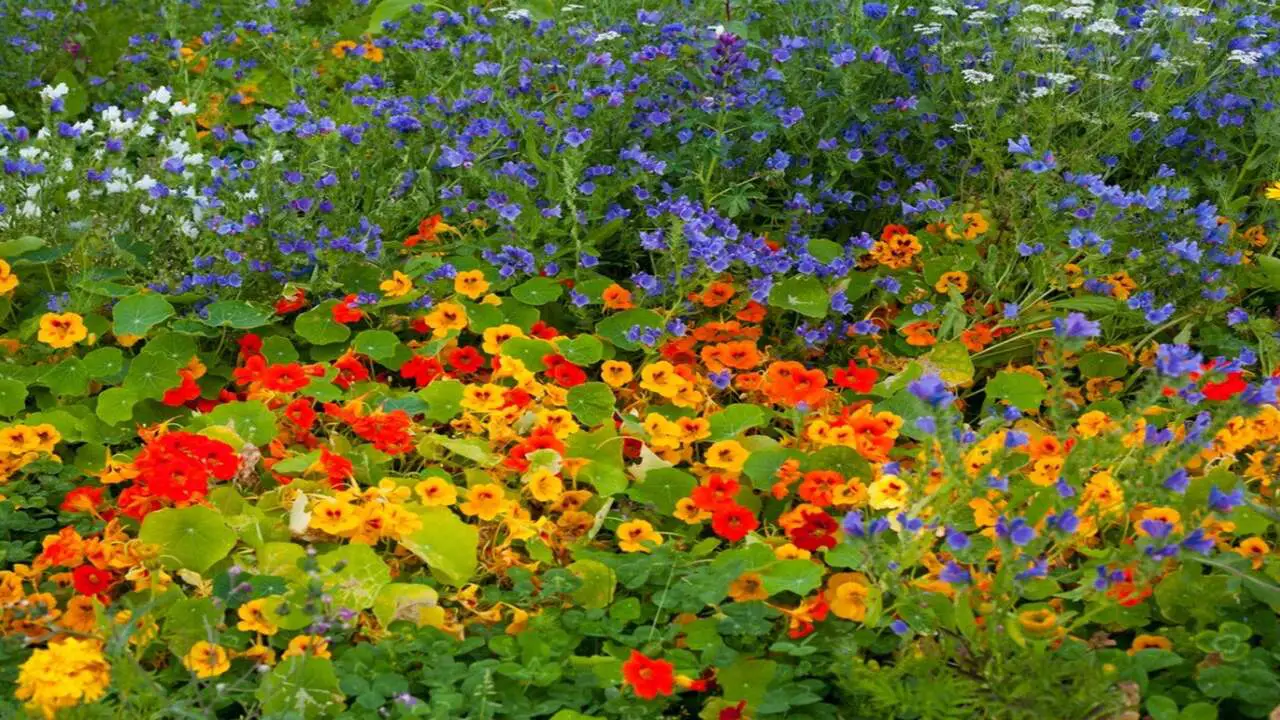
When gardening, choosing the right companion plants can make all the difference in the health and productivity of your garden. One companion plant that can greatly enhance your garden’s overall beauty and functionality is the nasturtium. Known for its vibrant flowers and edible leaves, nasturtiums are aesthetically pleasing and provide numerous benefits to neighboring plants. Here, we will explore The 10 Best Nasturtium Companion Plants For Your Gardens.
1.Marigolds
Marigolds play a crucial role in companion planting. They deter harmful insects like nematodes and repel pests such as aphids, making them ideal for vegetable gardens. The vibrant flowers of marigolds add beauty and color to your garden, creating a visually stunning bed when planted alongside nasturtiums.
Marigolds are easy to grow from seeds and can be directly sown into the garden. Additionally, they attract beneficial insects like ladybugs, which feed on garden pests. You can create a thriving and pest-resistant outdoor space by including marigolds in your garden.
2.Tomatoes
Nasturtiums planted alongside tomatoes serve as effective companions by deterring pests like aphids and whiteflies. The large leaves of nasturtiums provide valuable shade for tomatoes, aiding their growth. Additionally, nasturtiums can enhance pollination and increase fruit sets for tomatoes.
These vibrant flowers also add a visual element to tomato beds, creating an appealing garden display. Furthermore, the peppery flavor of nasturtium leaves complements the taste of tomatoes, making them a perfect addition to salads and other dishes.
3.Cucumbers
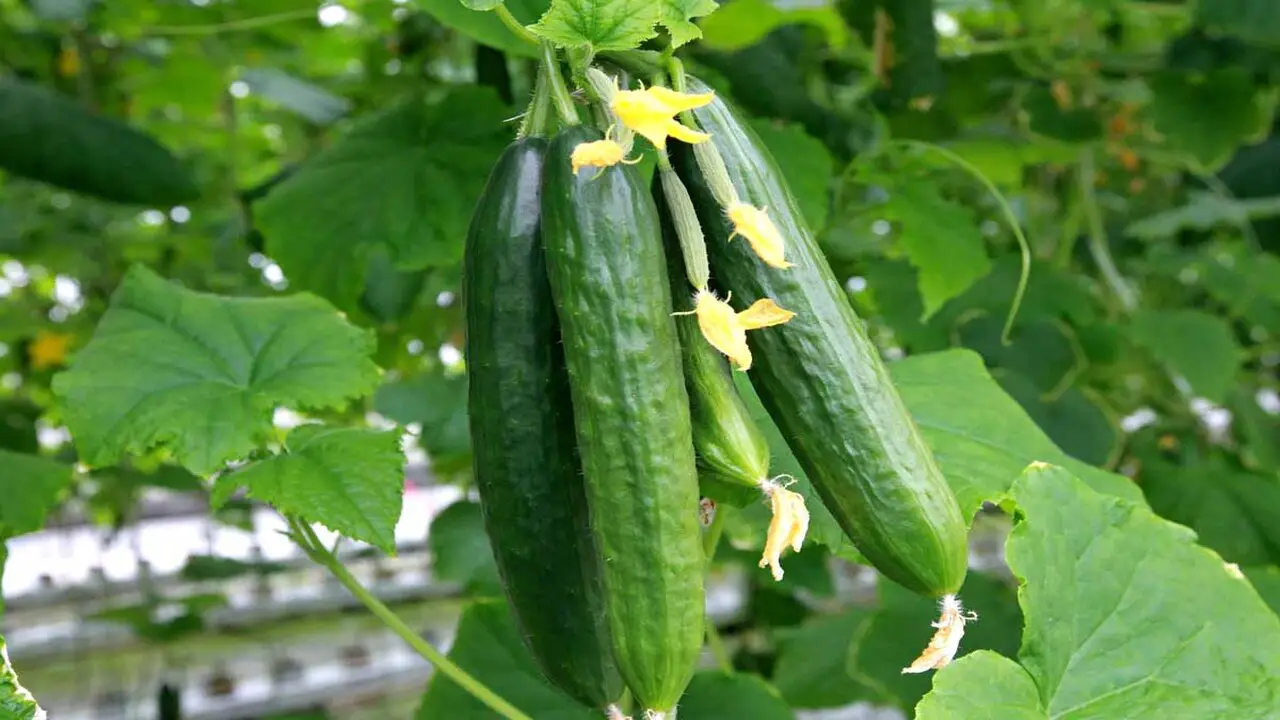
Cucumbers benefit greatly from companion planting with nasturtiums. These versatile plants attract cucumber beetles away from cucumber plants, protecting them from damage caused by these pests. Additionally, the trailing habit of nasturtiums provides natural ground cover, which helps to suppress weeds and retain moisture in the soil for cucumber plants. The presence of nasturtiums also improves pollination and fruit development in cucumbers.
Apart from their practical benefits, nasturtium flowers make an attractive garnish for cucumber-based recipes. At the same time, their edible leaves can be used in salads or as a flavorful addition to cucumber sandwiches.
4.Beans
Beans benefit greatly from companion planting with nasturtiums. Nasturtiums fix nitrogen in the soil, which benefits nitrogen-demanding bean crops. Their sprawling nature provides shade and support for climbing bean plants. Companion planting beans with nasturtiums also attracts pollinators and beneficial insects to the vegetable garden. These versatile plants add color and variety to bean trellises and garden beds. The beautiful nasturtium flowers can be a decorative element in bean-based dishes. You can create a thriving garden full of edible plants by planting beans alongside nasturtiums.
5.Radishes
Companion planting radishes with nasturtiums can enhance biodiversity and pest control in the garden. Nasturtiums can act as a sacrificial crop, attracting pests away from radish plants. Their vibrant flowers also make a beautiful addition to radish beds.
Radishes and nasturtiums have similar growing requirements, making them suitable companions. Additionally, the peppery flavor of nasturtium leaves complements the crispness of radishes in salads and other dishes. Incorporating these versatile plants into your vegetable garden can create a thriving garden while enjoying the benefits of nasturtium companion planting.
6.Lettuce

Lettuce is an excellent companion plant for nasturtiums in your vegetable garden. By planting lettuce alongside nasturtiums, you can naturally deter pests like flea beetles and Japanese beetles. Both lettuce and nasturtiums thrive in similar growing conditions, including rich soil and ample sunlight.
The sprawling nature of nasturtiums also provides ground cover, protecting lettuce from the hot sun. Additionally, the vibrant flowers of nasturtiums add a beautiful touch to your lettuce patch. Consider incorporating these versatile plants together for a thriving garden.
7.Herbs (Such As Mint, Oregano, Or Basil)
Herbs like mint, oregano, or basil make excellent companions for nasturtiums. Both nasturtiums and herbs thrive in well-drained soil and full sun. One benefit of planting nasturtiums alongside herbs is attracting beneficial insects that help control pests in herb gardens.
Additionally, the peppery flavor of nasturtium flowers complements the flavors of herbs, adding a delightful twist to culinary creations. Not only do nasturtiums and herbs share growing requirements, but the vibrant colors of nasturtiums also add a splash of vibrancy to herb gardens, creating a visually appealing and thriving outdoor space.
8.Carrots
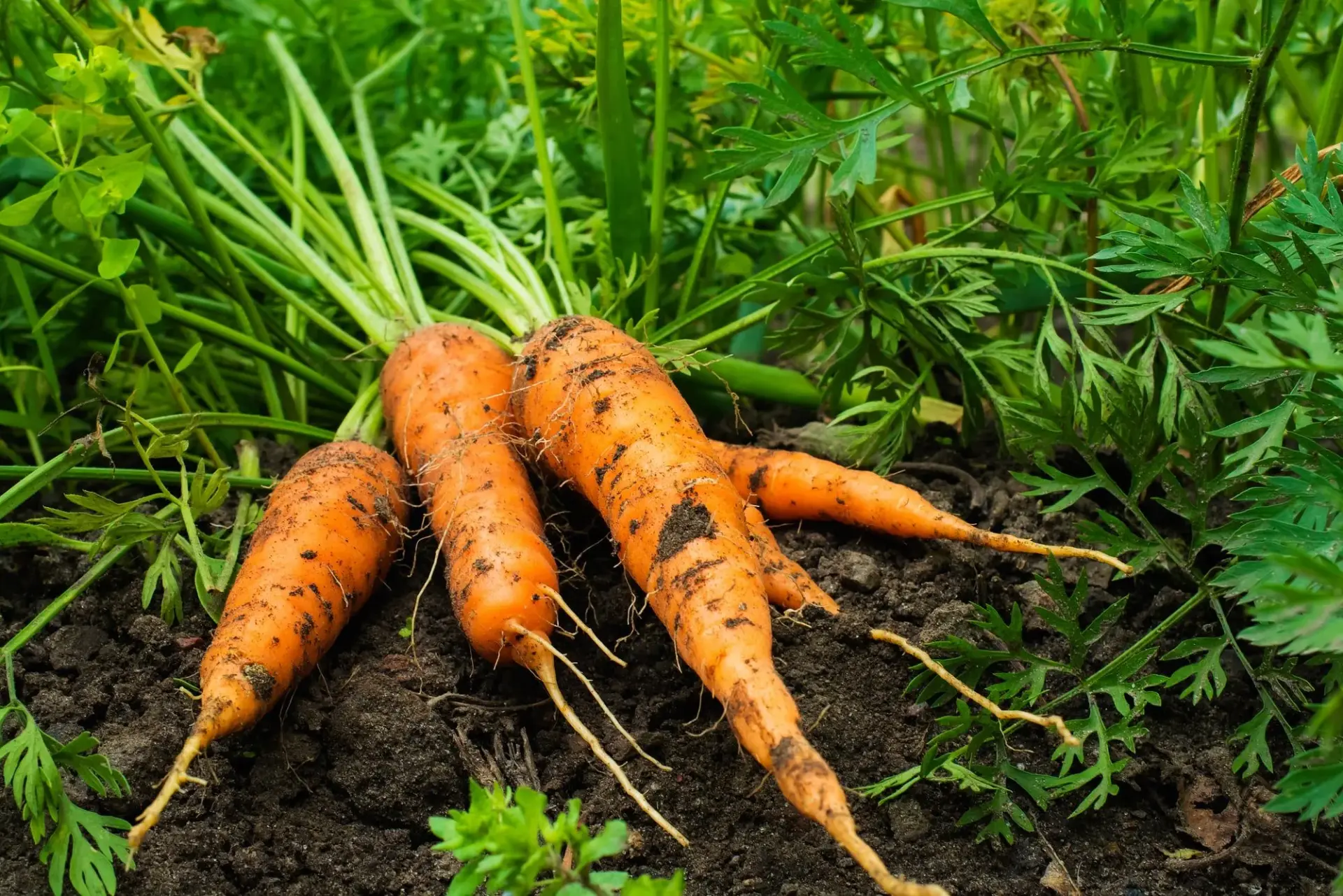
Carrots and nasturtiums make excellent companions in the vegetable garden. Nasturtiums act as trap crops, diverting pests like fleas and Japanese beetles away from the carrots. Both carrots and nasturtiums thrive in rich soil with similar moisture requirements, ensuring they coexist harmoniously.
Additionally, the lush foliage of nasturtiums provides shade for young carrot plants during the early growing season. Nasturtiums offer practical benefits, and their vibrant flowers add beauty and interest to the carrot patch. Growing carrots alongside nasturtium companion plants is a good idea for beginner gardeners looking to create a thriving garden full of versatile plants.
9.Strawberries

Strawberries and nasturtiums are a delightful combination in the garden. Nasturtiums play a crucial role in deterring pests that can harm strawberry plants. These two plants thrive in full sun and well-drained soil, giving them similar growing requirements.
Besides their practical benefits, the vibrant flowers of nasturtiums add visual interest to strawberry beds. Additionally, nasturtiums act as ground cover, suppressing weeds and creating a lush environment for strawberries to flourish. Combining strawberries with nasturtium companion plants is a good idea for beginner and experienced gardeners.
10.Squash
Squash and nasturtiums make great companions in the garden. Nasturtiums attract pollinators, benefiting the fruit production of squash plants. Both thrive in warm, sunny locations. The dense foliage of nasturtiums provides shade for the soil around squash plants.
Plus, the vibrant flowers of nasturtiums add color and beauty to squash patches. Growing squash alongside nasturtiums in your vegetable garden is a good idea, as they support each other’s growth and create a visually appealing and thriving garden space.
Planting And Caring For Nasturtiums And Their Companion Plants
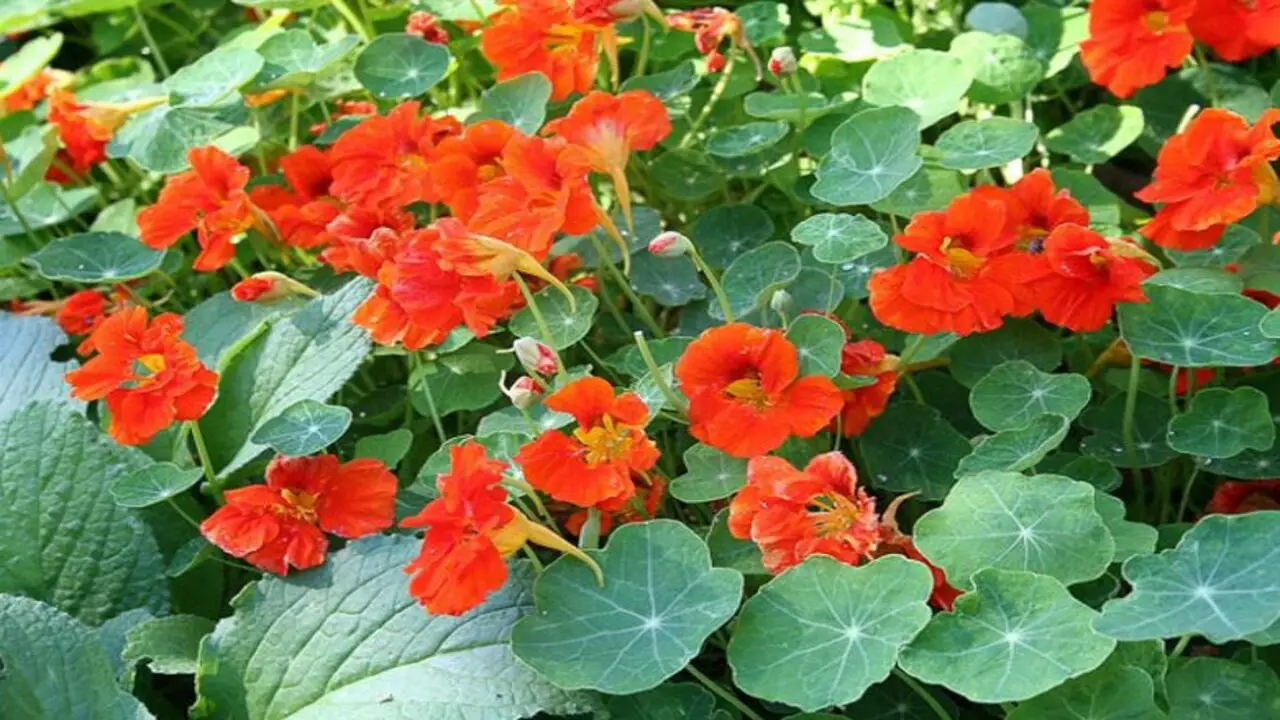
When planting and caring for nasturtiums and their companion plants, it is important to choose a well-drained soil that promotes optimal growth. Nasturtiums and their companion plants thrive in full sun, so ensure they have plenty of sunlight.
Watering regularly is crucial, keeping the soil moist but not soggy. To conserve moisture and control weeds, mulch around the plants. Additionally, pruning and deadheading regularly will help promote healthy growth. Following these care guidelines ensures your nasturtiums and their companion plants flourish in your garden.
Tips For Successful Companion Planting With Nasturtiums
A few tips can help ensure successful results when companion planting with nasturtiums. By following these tips, you can maximize the benefits of companion planting with nasturtiums and create a thriving garden. Here are some key tips to keep in mind:
- Plant nasturtiums near vegetables are prone to aphids or other pests, as these flowers can act as a natural deterrent.
- Nasturtiums can also attract beneficial insects like ladybugs and bees, so consider planting them near vegetables that rely on pollination.
- Avoid planting nasturtiums near plants that require a lot of nitrogen, as these flowers tend to absorb nitrogen from the soil.
- Try pairing nasturtiums with edible flowers like marigolds or calendula for added color and variety.
- Remember to provide adequate spacing between plants to allow for proper air circulation and prevent overcrowding.
Troubleshooting Common Issues In Nasturtium Companion Planting
Regarding companion planting with nasturtiums, gardeners may encounter a few common issues. By addressing these common issues, you can ensure successful companion planting with nasturtiums in your garden. Here are some troubleshooting tips to help you overcome these challenges:
- Overcrowding: Nasturtiums can spread quickly and take up a lot of space in the garden. To avoid overcrowding, make sure to give them enough room to grow by spacing them out properly.
- Pests: Nasturtiums are known for repelling pests but can still attract aphids and other insects. To combat this issue, regularly inspect your plants for any signs of infestation and treat them accordingly.
- Nutrient Deficiencies: Nasturtiums are heavy feeders and may deplete the soil of nutrients over time. To prevent nutrient deficiencies, consider adding organic matter or compost to the soil before planting and fertilizing regularly as needed.
- Competition With Other Plants: Some companion plants may compete with nasturtiums for water, sunlight, and nutrients. Be mindful of the needs of the nasturtiums and their companion plants, and make sure they are compatible regarding growing conditions.
Harvesting And Utilizing The Benefits Of Nasturtium Companion Plants
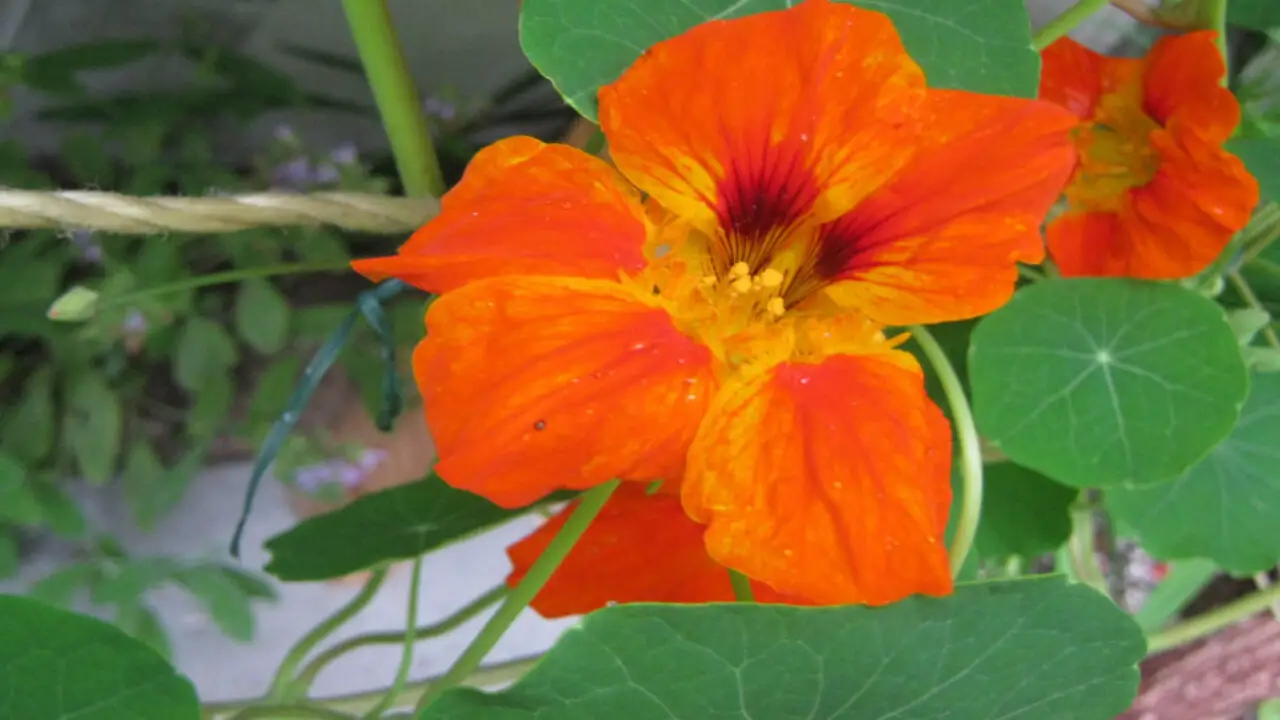
Harvesting and utilizing the benefits of Nasturtium companion plants can greatly enhance your garden. Incorporating Nasturtium companion plants into your garden allows you to enjoy their beauty, pest-repellent properties, edible flowers, and ecological benefits. Here are some key points to keep in mind:
- Nasturtiums can naturally repel pests such as aphids, whiteflies, and squash bugs. By planting them alongside susceptible crops like tomatoes, cucumbers, and cabbage, you can help deter these unwanted visitors.
- The flowers of Nasturtiums are not only beautiful but also edible. They have a peppery flavor that can add a unique twist to salads or garnishes. Harvest the flowers regularly to encourage more blooms.
- The leaves of Nasturtiums are packed with nutrients and can be used as a natural fertilizer. Chop them up and add them to your compost pile, or use them as a mulch around your plants to improve soil health.
- Nasturtiums attract beneficial insects such as bees and butterflies, which helps with pollination in the garden. This can lead to increased fruit production for your other crops.
Conclusion
Incorporating companion plants with your nasturtiums can greatly benefit your garden. The right companion plants help deter pests, improve pollination, and enhance your garden’s overall health and productivity. Some excellent choices for companion plants include marigolds, tomatoes, cucumbers, beans, radishes, lettuce, herbs like mint or basil, carrots, strawberries, and squash.
Remember to consider the needs of the nasturtiums and their companion plants when planting and caring for them. Follow the tips for successful companion planting and troubleshoot any common issues that may arise. By harvesting and utilizing the benefits of nasturtium companion plants, you can create a thriving and beautiful garden. We hope you understand the best nasturtium companion plants for your gardens.
Frequently Asked Questions
1.What Should You Not Plant Next To Nasturtiums?
Ans: To ensure successful companion planting with nasturtiums, avoid planting Brassica family vegetables like broccoli, cabbage, and cauliflower nearby. Also, keep them away from plants that require a lot of water or have shallow roots. Nasturtiums can attract aphids, so steer clear of susceptible plants. Additionally, they may inhibit the growth of legumes like beans and peas, so avoid planting them together.
2.What Should I Plant Nasturtium With?
Ans: Nasturtiums make great companion plants. They repel pests and attract beneficial insects. Plant them with tomatoes, cucumbers, beans, or herbs like basil and parsley. You can pair them with marigolds or sunflowers for a beautiful and functional garden.
3.Will Nasturtiums Choke Out Other Plants?
Ans: Although fast-growing and large, Nasturtiums usually don’t choke out other plants. They make great companion plants by attracting beneficial insects and repelling pests. However, trimming them back is necessary if they start to overtake other plants. Remember to give them enough space to avoid overcrowding.
4.Do Nasturtiums Need Full Sun?
Ans: Nasturtiums thrive in full sun, requiring at least 6 hours of direct sunlight daily. They can tolerate partial shade but may not flower as much. Planting them in shady areas can result in leggy plants with fewer blooms. Ensure well-draining soil and regular watering to keep the soil moist.
5.What Can I Plant With Nasturtium In My Garden?
Ans: Discover the perfect companions for nasturtiums in your garden! These vibrant flowers add beauty, repel pests, and attract beneficial insects. Consider planting herbs like basil, chives, and parsley to deter aphids, or opt for marigolds, zinnias, and calendula for a colorful mix. Remember to avoid brassicas like broccoli and cauliflower to avoid attracting cabbage moths.



